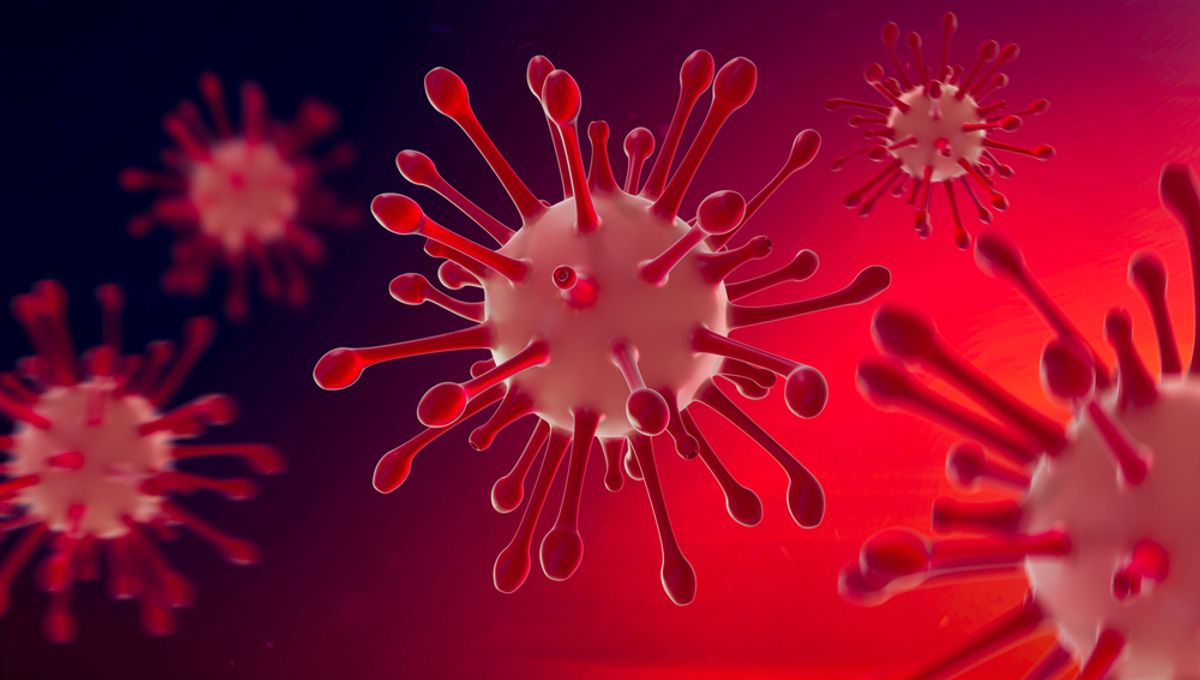
It’s been over four years since COVID-19 was officially declared a pandemic, and despite best efforts, the virus that causes it is still very much kicking about. That’s in large part thanks to it evolving into multiple different variants, the latest of which has been dubbed KP.3.
KP.3 is one of the FLiRT variants of SARS-CoV-2. These variants are rather less saucy than they sound; the name comes from the amino acid mutations they’ve picked up in the spike protein, the part of the virus that latches onto the cells in our bodies and allows it to infect them.
The immune system can learn to recognize spike proteins – either naturally or through vaccination – and get rid of the virus, but by evolving into slightly different forms, the virus can evade destruction.
That’s why it seems like there’s a new variant every other week – KP.3 is the latest in a long line. In fact, FLiRT variants are all descended from another variant, JN.1, that popped up at the beginning of this year.
Until now the FLiRT variant KP.2 had taken over JN.1’s top spot as the most dominant variant of the virus circulating in the US. However, according to predictions from the Centers for Disease Control and Prevention (CDC) – which has a SARS-CoV-2 surveillance program tracking variants – KP.3 has now taken over.
“Currently, it is estimated that KP.3 viruses make up between 16% and 37% of all SARS-CoV-2 viruses in the United States,” CDC Spokesperson Rosa Norman told USA Today.
But whilst it may be the most dominant, that doesn’t necessarily mean there’ll be an uptick in cases. “Most key COVID-19 indicators are showing low levels of activity nationally, therefore the total number of infections this lineage may be causing is likely low,” Norman added.
That being said, with the increase in social gatherings often seen in the summer months, opportunities for the virus to spread and cause COVID-19 may also increase.
So, what are the signs of an infection with this new variant?
The CDC’s list of possible symptoms for KP.3 is the same as those for JN.1:
- Fever/chills
- Cough
- Shortness of breath
- Fatigue
- Muscle aches
- Headache
- Loss of taste or smell
- Sore throat
- Runny nose
- Nausea/vomiting
- Diarrhea
That’s not an exhaustive list by any means. “Symptoms may change with new COVID-19 variants and can vary by person,” the CDC states. They can also appear up to two weeks after being exposed to the virus.
As for whether vaccines will be able to tackle the new variant, it’s hoped that updated vaccines set to be released in the fall – pending FDA approval – will do the job thanks to KP.3’s lineage, as epidemiologist Adrian Esterman told Newsweek.
“[T]here will be a new vaccine available around September, based on either JN.1 or one of the FLiRT subvariants, that will give much better protection.”
Source Link: There’s A New COVID Variant, KP.3 – These Are The Symptoms